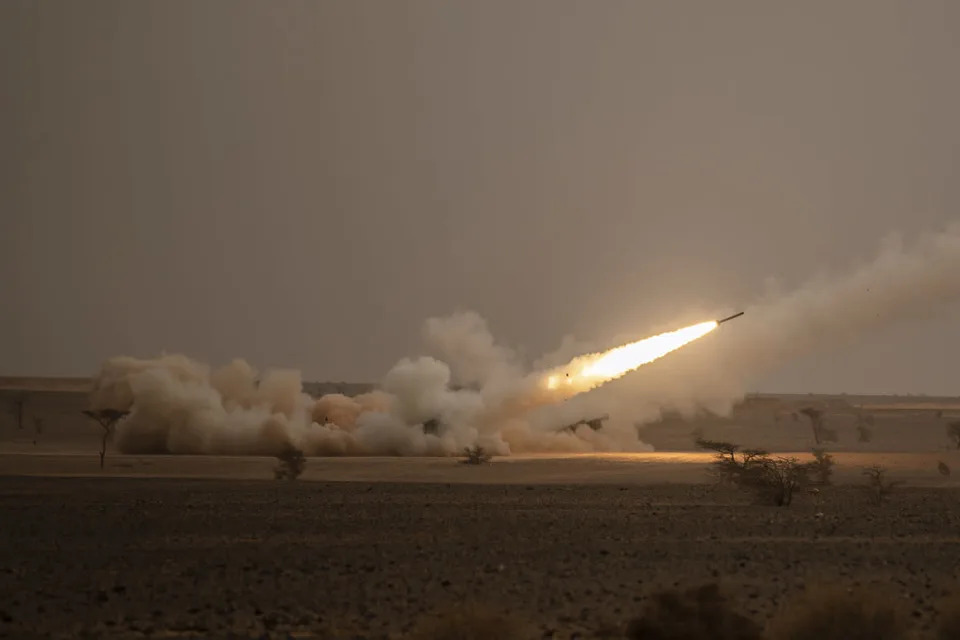The New York Times
Trump Policies Sent U.S. Tumbling in a Climate Ranking

For four years under President Donald Trump, the United States all but stopped trying to combat climate change at the federal level. Trump is no longer in office, but his presidency left the country far behind in a race that was already difficult to win.
A new report from researchers at Yale and Columbia universities shows that the United States’ environmental performance has tumbled in relation to other countries — a reflection of the fact that, while the United States squandered nearly half a decade, many of its peers moved deliberately.
But, underscoring the profound obstacles to cutting greenhouse gas emissions rapidly enough to prevent the worst effects of climate change, even that movement was insufficient. The report’s sobering bottom line is that, while almost every country has pledged by 2050 to reach net-zero emissions (the point where their activities no longer add greenhouse gases to the atmosphere), almost none are on track to do it.
The report, called the Environmental Performance Index, or EPI, found that, based on their trajectories from 2010 through 2019, only Denmark and Britain were on a sustainable path to eliminate emissions by midcentury.
Namibia and Botswana appeared to be on track with caveats: They had stronger records than their peers in sub-Saharan Africa, but their emissions were minimal to begin with, and the researchers did not characterize their progress as sustainable because it was not clear that current policies would suffice as their economies develop.
The 176 other nations in the report were poised to fall short of net-zero goals, some by large margins. China, India, the United States and Russia were on track to account for more than half of global emissions in 2050. But even countries like Germany that have enacted more comprehensive climate policies are not doing enough.
“We think this report’s going to be a wake-up call to a wide range of countries, a number of whom might have imagined themselves to be doing what they needed to do and not many of whom really are,” said Daniel C. Esty, the director of the Yale Center for Environmental Law and Policy, which produces the EPI every two years.
A United Nations report this year found that there is still time, but not much, for countries to change course and meet their targets. The case of the United States shows how gravely a few years of inaction can fling a country off course, steepening the slope of emissions reductions required to get back on.
The 2022 edition of the index, provided to The New York Times before its release Wednesday, scored 180 countries on 40 indicators related to climate, environmental health and ecosystem vitality. The individual metrics were wide-ranging, including tree-cover loss, wastewater treatment, fine-particulate-matter pollution and lead exposure.
The United States ranked 43rd overall, with a score of 51.1 out of 100, compared with 24th place and a score of 69.3 in the 2020 edition. Its decline is largely attributable to the bottom falling out of its climate policy: On climate metrics, it plummeted to 101st place from 15th and trailed every wealthy Western democracy except Canada, which was 142nd.
The climate analysis is based on data through 2019, and the previous report was based on data through 2017, meaning the change stems from Trump-era policies and does not reflect President Joe Biden’s reinstatement or expansion of regulations.
American emissions did fall substantially over the full 10-year period examined, which also included most of the Obama administration and its efforts to regulate emissions, and the nation continues to outperform other major polluters.
But the pace of reduction has been insufficient given the United States’ extremely high starting point. The U.S. is the second largest emitter of greenhouse gases, behind China. If current trajectories held, it would be the third largest in 2050, behind China and India, the lowest-ranked country in the overall index.
At the other end of the spectrum is Denmark, ranked No. 1 on climate and overall, whose parliament has made a binding commitment to reduce emissions 70% below 1990 levels by 2030. The country gets about two-thirds of its electricity from clean sources, and its largest city, Copenhagen, aims to reach carbon neutrality in the next three years.
Denmark has hugely expanded wind energy, set a date to end oil and gas exploration in the North Sea, taxed carbon dioxide emissions and negotiated agreements with leaders in transportation, agriculture and other sectors. Its economy has grown as emissions have fallen.
“This is such a comprehensive transformation of our entire society that there’s not one tool that you can use, one policy you can use overall, and then that will just solve the problem,” said Dan Jorgensen, the Danish climate minister. Denmark showed “it is possible to make this transformation in a way that doesn’t hurt your societies,” he said.
“It’s not something that makes you less competitive,” Jorgensen said. “Actually, it’s the opposite.”
The report’s methodology distinguishes between countries like Denmark that are intentionally transitioning to renewable energy and countries like Venezuela whose emissions are dropping only as a side effect of economic collapse.
One piece of good news it found was that many countries, including the United States, have begun to “decouple” emissions from economic growth, meaning their economies no longer directly depend on the amount of fossil fuels they burn.
Broadly, wealthier countries still emit much more than poorer ones. But two countries with similar GDPs can have very different emissions levels.
“The main take-home right now is that policy does matter, and there are specific pathways toward a more carbon-neutral and climate-friendly future,” said one of the report’s co-authors, Alexander de Sherbinin, associate director and senior research scientist at Columbia’s Center for International Earth Science Information Network. “But it really takes high-level policy agreement.”
The report is the first edition of the EPI to estimate future emissions, and its methodology has limitations. Most obviously, because it relies on data through 2019, it does not factor in more recent actions. Nor does it account for the possibility of removing already-emitted carbon from the air; such technology is limited now but could make a significant difference down the line. And it reflects only what would happen if countries continued to reduce their greenhouse gas emissions at the same rate, rather than enacting stronger policies or, conversely, losing steam.
That accounts for a striking disagreement between the EPI researchers, who found Britain on track, and Britain’s independent Climate Change Committee, which advises the British government and has said current policies are insufficient. (There is also a technical distinction: In addition to domestic emissions, the committee considers what other countries emit in producing goods that Britain imports, and the EPI doesn’t.)
Britain’s recent reductions came largely from switching from coal to natural gas, and the Climate Change Committee is “somewhat pessimistic that the trend will continue now that the low-hanging fruit has been picked,” said Martin Wolf, the EPI’s project director. “I see the rapid expansion of renewable energy capacity in the U.K. as a sign that the country is still on track.”
Tanja Srebotnjak, director of the Zilkha Center for Environmental Initiatives at Williams College and an expert in environmental statistics, said she viewed the projection methodology as “a reasonable first attempt” that could be refined later.
How best to extrapolate current trends is a matter of debate, said Srebotnjak, who has worked on past EPI editions but was not involved in this year’s report or in developing the new metric. But she added, “I think it will help policymakers have another tool in their toolbox for tracking how they’re doing and for comparing themselves with peers, to maybe learn from each other.”








